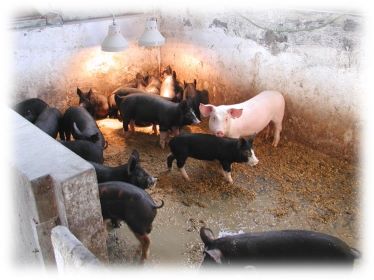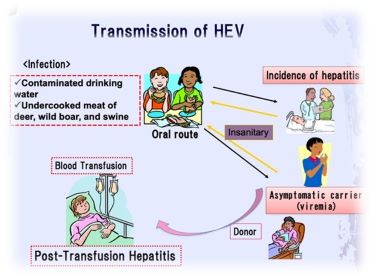- Home
- Social Action
- ★One Health Relay Report #41★
About "Hepatitis E virus (HEV)"

Profile #41: Dr. HAGIWARA Katsuro, Professor
Department of Veterinary Virology, School of Veterinary Medicine,
Rakuno Gakuen University
【Research Topics】
・Viral Infections in Livestock (Persistent Infectious Viruses)
・Epidemiology of Hepatitis E Virus (HEV)
~Social problems of hepatitis E virus~
Hepatitis E virus (HEV) genotypes 3 and 4 are of concern as zoonotic diseases. These HEVs show no clinical signs in animals, but shed the virus and contaminate the environment. HEV can also be found in the liver of adult pigs without any abnormal findings. HEV has been detected in a variety of domestic and wild animals worldwide.
HEV infection in humans is primarily oral, with cases reported annually in Hokkaido, which has one of the highest rates of reported cases in Japan. Many cases are attributed to consumption of pigs, wild boar, and deer meat. The spread of the disease is diverse, including feed-borne transmission between livestock and transmission through environmental contamination. As a societal problem, there are cases of animal-derived HEV causing hepatitis in humans and cases of subclinical infection with viremia. The other is post-transfusion hepatitis, which occurs in blood transfusion patient through blood donation from infected individuals in a viremic state. Post-transplant hepatitis has also been observed in organ transplantation, although the number of cases is small.
The characteristic features of this infection are that HEV of animal origin can be a source of infection in humans and that blood from subclinical patients can lead to iatrogenic disease. This is an example of the importance of the One Health approach to infection control.

HEV-positive pigs grow to shipping age without showing clinical symptoms.

Patients exposed to undercooked contaminated meat may present with hepatitis symptoms or may be subclinical.
If a subclinical patient donates blood during viremia, the virus in the blood can be transmitted to the recipient.
